Pokémon Black & White
If you’re on the outside looking in, the Pokémon series probably looks like the same game released over and over for 15 years, each time to fresh brood of gullible children. It’s not a fair or correct assumption, but I can see where you’re coming from.
You Are Reading :Pokémon Black & White
Category : Pokemon
Pokémon reinvents itself to a greater or lesser extent every three years or so, but half-steps like Platinum and remakes like HeartGold muddy the distinction between generations. And where Silver and Gold’s astonishing sprawl of new features more than justified their existence (and their re-release last year), Diamond and Pearl’s more timid adjustments to the formula were less defensible.
It’s about time for a spring-clean, and Pokémon Black and White are exactly that. Game Freak has abandoned the guaranteed brand recognition of Pikachu and his 500-odd friends for an entirely new cast of 156 quirky, endearing, and occasionally disturbing monsters. It’s difficult to overstate how unexpectedly brave this is for a heavyweight Japanese series; imagine Capcom releasing a new Street Fighter without Ryu and Ken. It signals an eagerness to break with the past, a new spirit of regeneration.
Over the course of 40 hours, Pokémon Black and White has surprised me over and over again. The last time I could say that about a Pokémon game, I was still carrying around a Pikachu-adorned pencil case.
Here’s the first surprise: it looks brilliant. Evidently Game Freak has finally hired some new graphic designers. Pokémon’s monster design has always been exceptional, but otherwise the graphics were rarely better than tolerable.
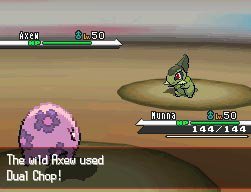
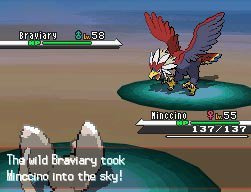

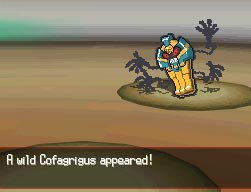

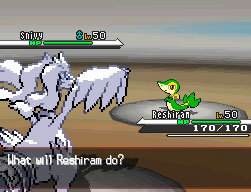

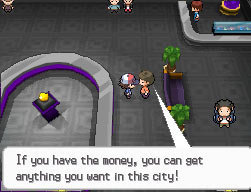
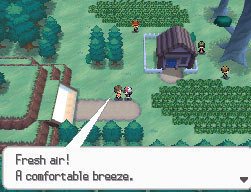
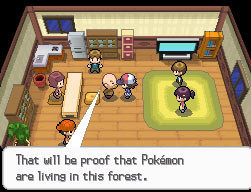
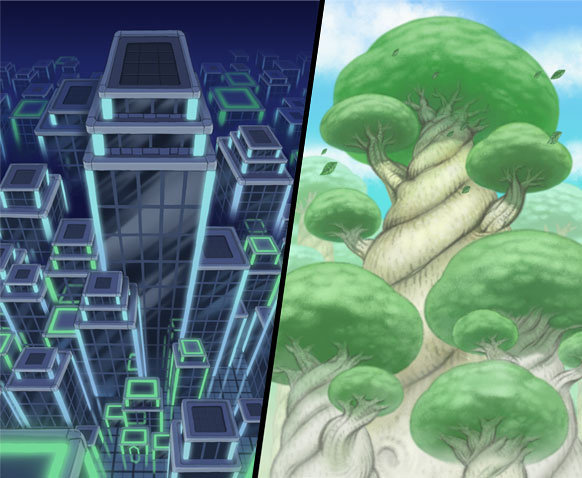


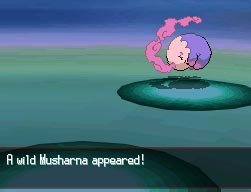
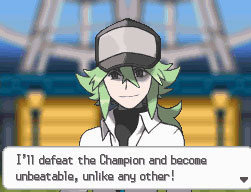
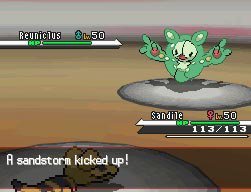
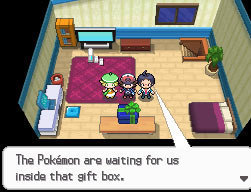
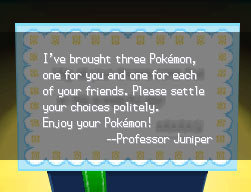
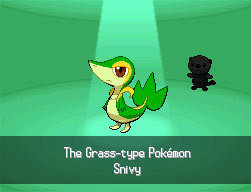
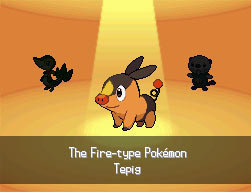

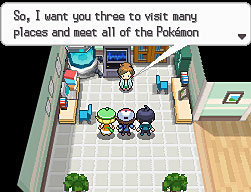
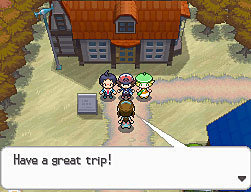
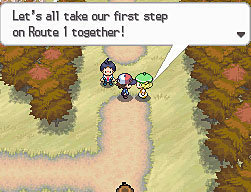

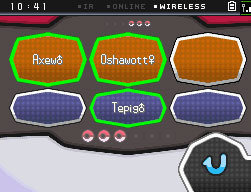
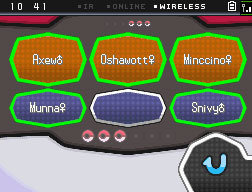
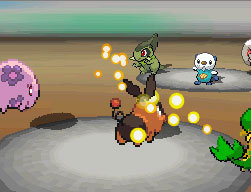

Now the battles come alive with entertaining monster animations, the cities are constructed of distinctive 3D buildings, and towns are connected by towering bridges that stretch over sparkling water and reveal distant skyline vistas. The sprites are bright and crisp, long grass sways in the wind, and the world’s weather changes along with the seasons once every real-time month. Fittingly for what might be the DS’ last heavyweight titles, they’re among the best-looking on the platform.
And the second surprise: you don’t always know what’s next. Yes, you know that you’ll make the familiar pilgrimage from town to town, collecting gym badges and eventually facing the Elite Four, but it’s all about those new Pokémon.
Wander into the grass in a new area and you genuinely have no idea what you’re about to meet. When a Pokémon evolves, you’re excited about what it might become. New moves make you raise an eyebrow and read the description. It all feels new again, and it makes such a difference. There’s not a Pidgey or Rattata in sight.
This sense of reinvigoration extends across the whole of Black and White. Game Freak is as willing to re-evaluate and throw out its out-dated traditions as its bloated cast. The biggest change is the distribution of experience points: monsters now get a far bigger share of EXP when they defeat foes stronger than themselves. This not only evens out the process of building a strong, balanced team, it makes over-levelling impossible. Grinding – what little there was of it – has been completely eliminated.
Pokémon Centres and Marts have been merged into one building, and there are Pokémon healers dotted around caves and inter-city Routes to prevent you hiking back to them three times an hour. TMs, the items that let you teach Pokemon new moves, are now infinite-use, so you can experiment with them more freely. This indicates a better understanding of what makes Pokémon so compelling: creating and customising your team.
Imagine a world where Pokémon isn’t a success. No animé spin-offs, no cuddly plush toys or plastic figurines and most importantly no stigma attached. Instead this niche little RPG is revered among gaming connoisseurs, its players free of the apparent social embarrassment that such associations currently bring.
In its own way, Pokémon is as masterful an example of its art as Advance Wars. Like that series, its biggest problem is that Nintendo – or, if we’re being pedantic, Game Freak – got it so gloriously right first time that it’s been a struggle to develop beyond cosmetic improvements and negligible additions.
The core gameplay in both franchises is so finely tuned that any significant adjustments would risk upsetting that immaculate balance. Major changes would undoubtedly provoke anger among the established fanbase, minor ones sighs of disappointment. It’s no surprise that the latter option is preferred.
Yet Black and White represents the series’ biggest evolutionary leap for quite some time – probably since the original Gold and Silver. This is perhaps the closest it has ever come to a reboot: there are 156 new Pokémon, three-on-three battles and completely reworked graphics.
The online aspect is more comprehensive than any other Nintendo game and will likely remain that way until the inevitable Pokémon Grey. For the first time in a long while, Pokémon feels thrillingly different.
Up to a point anyway, because there remains a comforting familiarity about the setup. There’s still a kindly Pokémon professor who provides you with a choice of Grass, Fire or Water starters at the outset. You still fight eight gym leaders and collect badges from them before facing an elite group of trainers to become Pokémon champion.
You still have HM moves like Cut and Surf and Fly, and one Pokémon who you burden with as many of them as possible. And in the early hours of the game, there’s still one Pokémon who you get sick of the sight of because they’re always hanging around in the wild grass waiting for a scrap. Sorry Minezumi, you’re the new Rattata.

The regularity of such encounters is less of a problem than it was because everything’s much quicker than before. Battles have been impressively streamlined so energy bars rapidly deplete rather than slowly crawling backwards. An icon quickly flashes up whenever a Pokémon is afflicted by status effects or boosted by its special ability, rather than another pile of text to slow things down.
Those aren’t the only features that make combat feel slicker and more intense. The camera zooms and pans to better show off the moves and the Pokémon themselves, who are more animated than ever before, hopping from foot to foot impatiently as they wait their turn.
The sprite-scaling effects are similar to Square-Enix’s The World Ends With You, and so those nearest to you look a little blocky, but the hypnotically looping movements of your monsters and the restless camera make it far more interesting to watch so you’ll forgive the chunkier pixels.
You could even argue that it’s a deliberate stylistic choice, triggering fond memories for those old enough to remember the low-res characters in the original Red and Blue versions. You’d probably be wrong, but if it is an accident then it’s a happy one.
Outside battle you’ll notice a number of graphical changes. The first major city you come to is reached via a gigantic suspension bridge, with the camera steadily rising as you cross until you’re barely a dot, dwarfed by the trucks passing by the side of you and the freighters sailing underneath.
Pokémon worlds have always been pretty large, but they’ve never made you feel quite so small. It heightens the sense of being on an epic journey, something the earlier games managed to capture but rarely as impressively as this one.
Cherry blossoms gently float across the screen as you enter the first town while another area sees sand and dust is violently blown by powerful desert winds. A big wheel whirls in 3D in one city, its gym seeing you travel to its leader by space pods doing loop-de-loops on electronic rails.
There are seasonal changes, too, which in the accelerated timescale of the Isshu region come around once a month. It might be nothing more than an environmental reskin but it adds to the sense of place.
See more : PokemonWe
